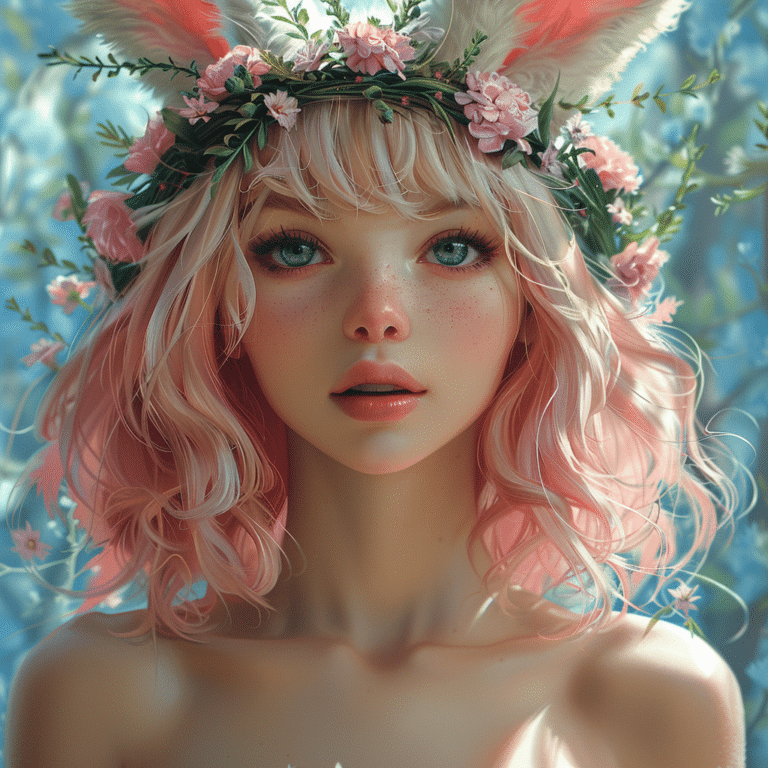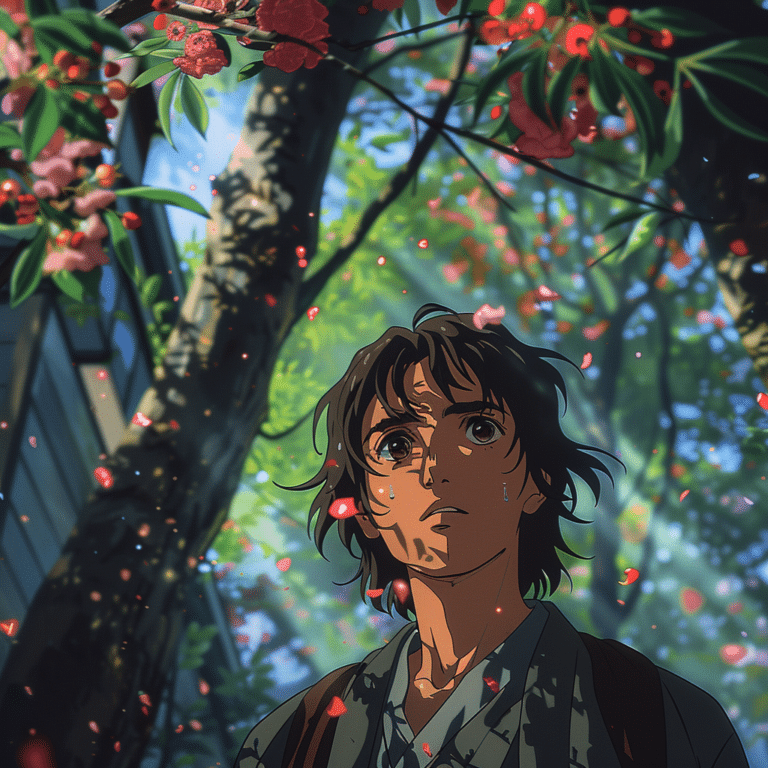Hatsune Miku has captured hearts across the globe, establishing herself as a cultural phenomenon with her blend of captivating music, stunning visuals, and cutting-edge technology. In 2024, as we delve into Hatsune Miku Colorful Stage, we discover the musical magic that this game weaves together, along with the connected universe it thrives in. From rhythm gameplay to real-time live performances, it’s an experience that invites players into a vibrant, pulsating world where they can fully engage with their favorite Vocaloids.

Top 7 Features of Hatsune Miku Colorful Stage
Hatsune Miku Colorful Stage breaks traditional rhythm game molds. Players don’t just tap along; they dive headfirst into the music. Each note you hit feels satisfying, syncing your actions directly with catchy tracks, keeping the excitement alive and making each session an engaging experience.
The extensive song library is a real jewel for fans. Featuring melodious hits from both big-name producers like kz (livetune) and emerging independent talents, each track feels like a fresh journey. Genres vary widely, ensuring everyone can find their jam, making the game feel less like a collection and more like a celebration of music.
Customizing your Vocaloid characters is where personal flair shines. Players can dress Miku Hatsune and her friends in various costumes and accessories. This isn’t just fun, it deepens the emotional connection fans develop, reflecting their personality through choices that make their experience one-of-a-kind.
Hatsune Miku Colorful Stage brilliantly connects the digital and live realms through events like Miku Expo. Unlocking exclusive content tied to the expo enriches the event experience, bringing fans deeper into Miku’s universe. It’s an exciting bridge between an online game and real-world celebrations.
A standout feature is the real-time live performances. Players don’t just sit back; they witness jaw-dropping 3D concerts where Miku and her friends take center stage. This interactive aspect makes you feel like you’re part of the concert, delivering a sensational rush that transcends typical gaming experiences.
Hatsune Miku Colorful Stage is never short on community involvement. Collaborative events with creators and fans often introduce exciting new content. This camaraderie among fans resembles the vibe of popular anime like Lupin the Third or thrilling horror tales like Junji Ito’s anime, fostering a lively community spirit.
Regular updates inject fresh excitement into the game. Seasonal events often bring new songs and challenges, keeping players on their toes. Just like how fans anticipate the release of new content from studios or beloved series like Rurouni Kenshin, this game remains relevant and engaging through its commitment to adaptability.

The Evolution of Hatsune Miku: Age and Cultural Impact
As we roll through 2024, discussions about Miku Hatsune’s age spark playful excitement among fans. Born in 2007, she isn’t getting older in the usual sense—instead, she remains timeless, resonating with countless new audiences. This delightful ambiguity surrounding her age serves to deepen her cultural presence even further.
The evolution of Hatsune Miku extends well beyond just music. Her forays into the anime arena, including her compelling story arcs and character development, have allowed fans to connect more intimately with her. In these tales, Miku takes on adventurous roles that resonate with various themes, drawing audiences not just to rhythm games but to her broader narrative universe.
Miku’s Cultural Significance in Today’s Landscape
Hatsune Miku transcends the digital realm as she embodies a new wave of artistic innovation. Her ability to connect people through virtual performances showcases the entire landscape of creativity today. It’s captivating how technology has changed the music industry, raising discussions about AI in artistry and challenging traditional ownership narratives.
This digital darling is a beacon, highlighting how technology shapes cultural phenomena. Her influence is palpable, driving conversations about creativity’s future and how digital entities like Miku Expo inspire both artists and fans alike. It’s a thread woven throughout the evolving tapestry of modern entertainment.
The Future of Hatsune Miku: What Lies Ahead?
Looking ahead, we can only imagine the untapped potential of Hatsune Miku Colorful Stage. With technology advancing at a breathtaking pace, we could see the rise of augmented reality experiences that put fans right next to Miku for immersive concerts. The game may also delve deeper into narrative-driven quests that engage players who crave more than rhythmic gameplay.
There’s fertile ground for collaboration with mainstream artists and innovative creators. This could include anything from cross-genre music blends to team-ups that would signify Miku’s expansion into cultures far beyond her own. With artists emerging like Kana Hanazawa or ventures into storytelling, the possibilities are endless.
As we embark on 2024, the legacy of Miku Hatsune and the exhilarating experiences offered by Hatsune Miku Colorful Stage mark a celebration of technological artistry. The convergence of music, technology, and community engagement paints an exciting future. So, whether you’re a longtime fan or just discovering her vibrant magic, join us on this magnificent journey as we celebrate a new wave of creativity. Let the music begin!
Hatsune Miku Colorful Stage: Fun Trivia and Interesting Facts
Harmonious Origins and Inspirations
Did you know that Hatsune Miku Colorful Stage was developed by a team with deep ties to Japan’s vibrant anime culture? The creative direction owes much to talents like Mamoru Hosoda, known for his charming storytelling that blurs the line between reality and fantasy. Speaking of characters, many fans are excited that Hiro Shimono, the voice behind popular roles, brings his charm to the game. Miku’s journey radiates not just through music but also through her bond with her fans, much like how Rurouni Kenshin fosters its enduring legacy through community engagement.
Collaborations and Cultural Impact
The hatsune miku colorful stage has made waves across various media platforms, promoting innovation in both gaming and musical realms. You might find it fascinating that features include original songs and collaborations with artists, such as Ryuji Sakamoto and other musical geniuses! If you’re familiar with sports anime, you’ll appreciate real-world examples like Tsubasa Soccer, where games inspire camaraderie among fans, similar to Miku’s fan-driven virtual performances. Plus, Miku’s influence stretches into lifestyle brands; her colorful persona even sparks trends that impact fashion and merchandise.
A World Beyond Music
Exploring Miku’s universe isn’t just about her captivating tunes; it also intertwines with various genres and styles. For instance, her alignment with characters like Tokito Muichiro adds layers to storytelling, appealing to both anime and gaming enthusiasts alike. Remarkably, fans may connect certain vibes from Saiki Kusuo, as both share colorful aesthetics that attract fans of humor and fantasy. These connections highlight how Hatsune Miku Colorful Stage transcends musical boundaries, creating a vibrant mosaic that captures the spirit of collaborative creativity, much like the essence seen in Lupin the Third anime.
So, whether you’re wondering about Miku’s next big partnership or pondering the population dynamics of a city like Salt Lake City, remember this: the hatsune miku colorful stage is more than just a game; it’s a colorful journey into music magic that resonates on multiple levels!






















